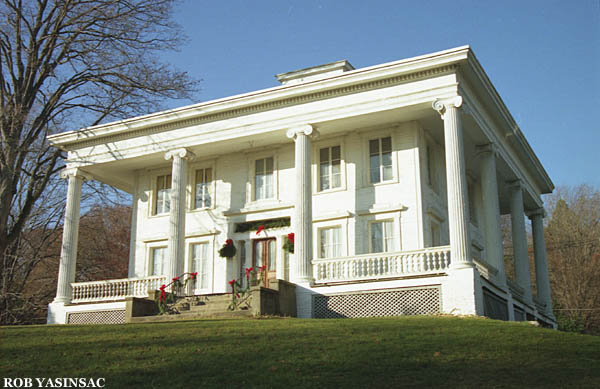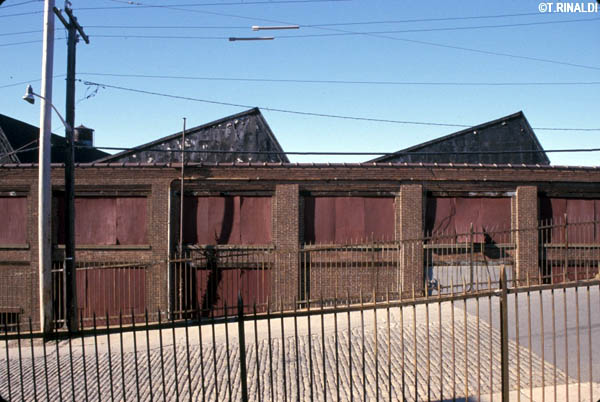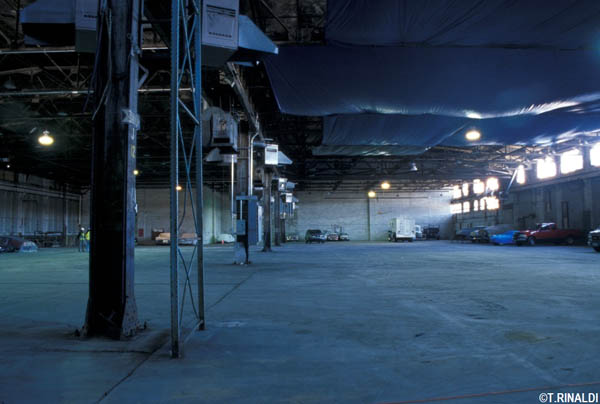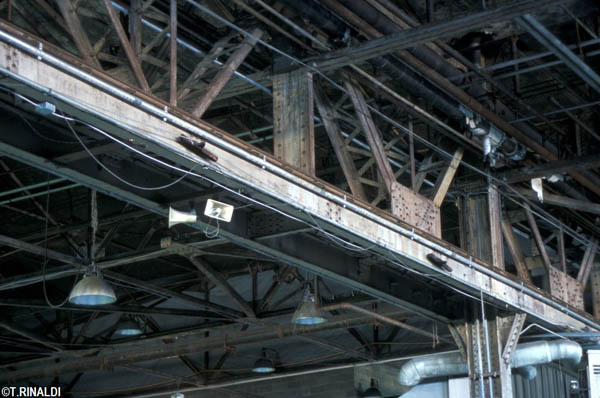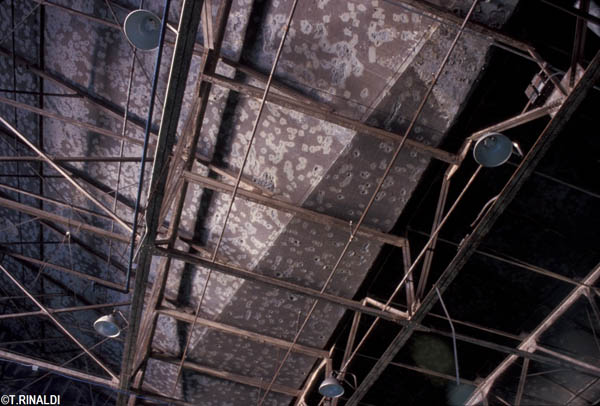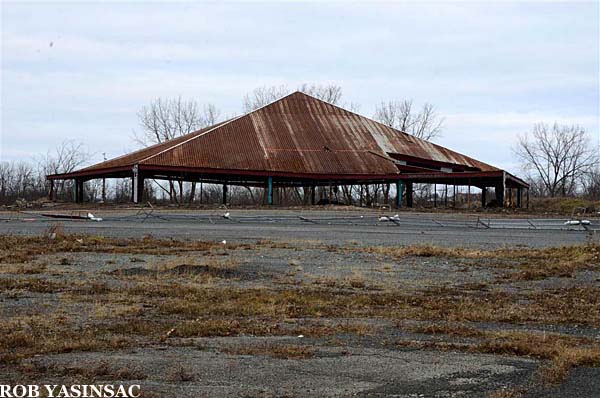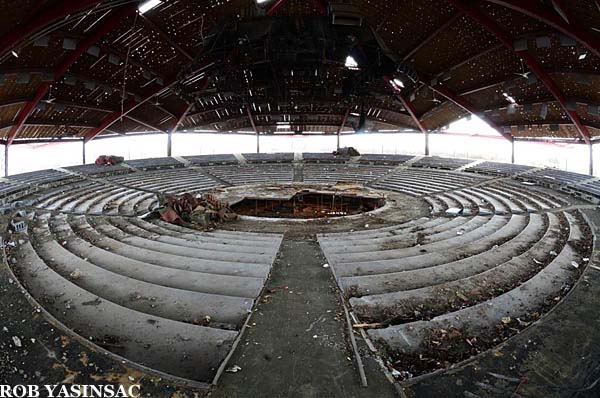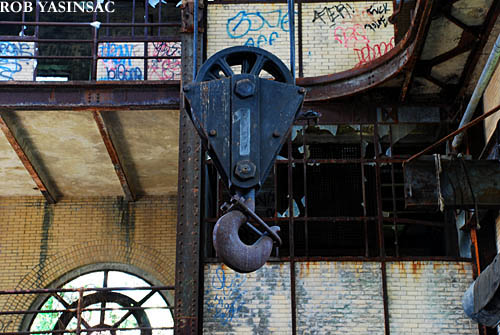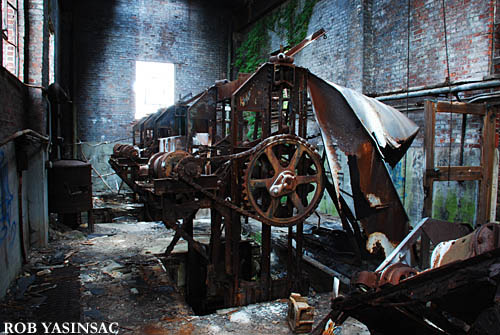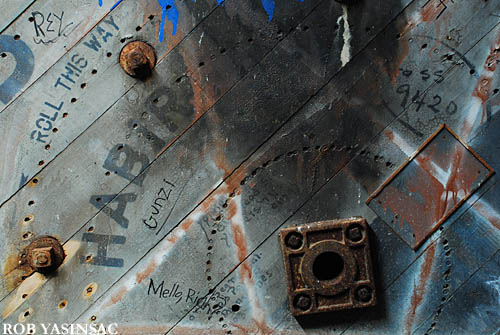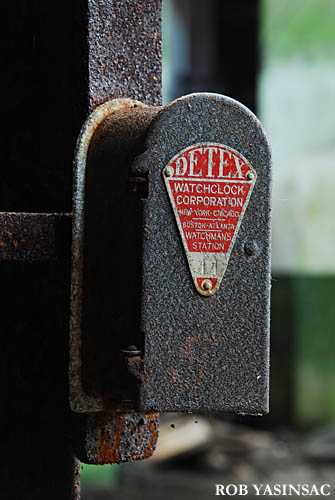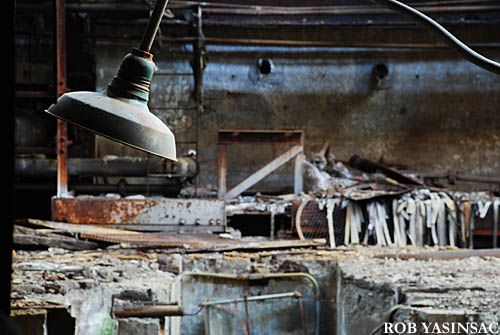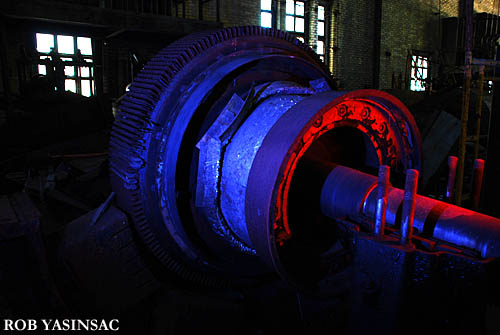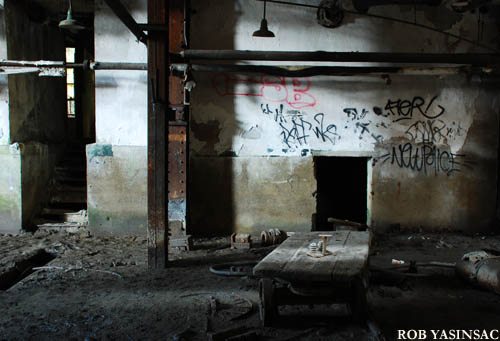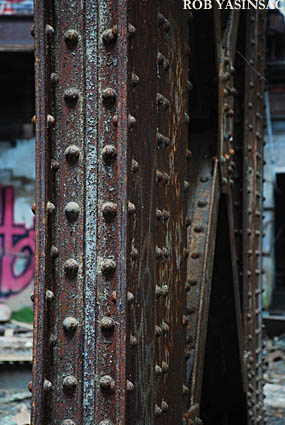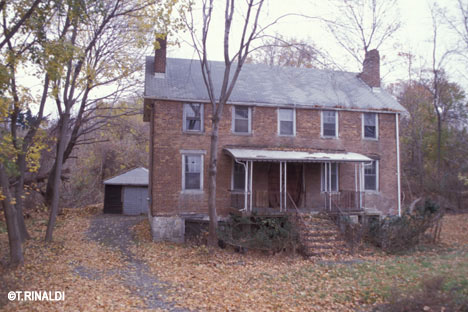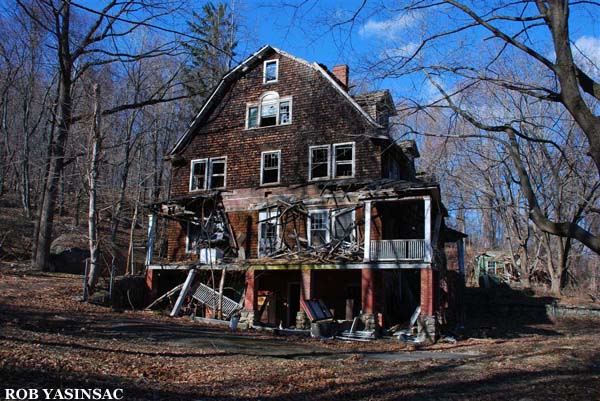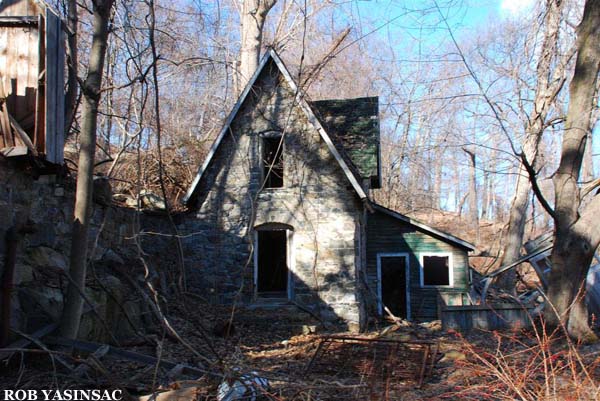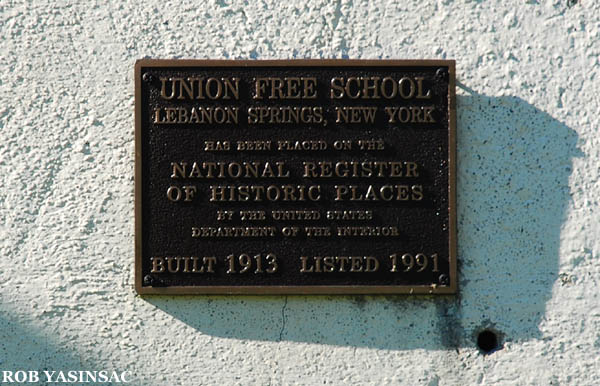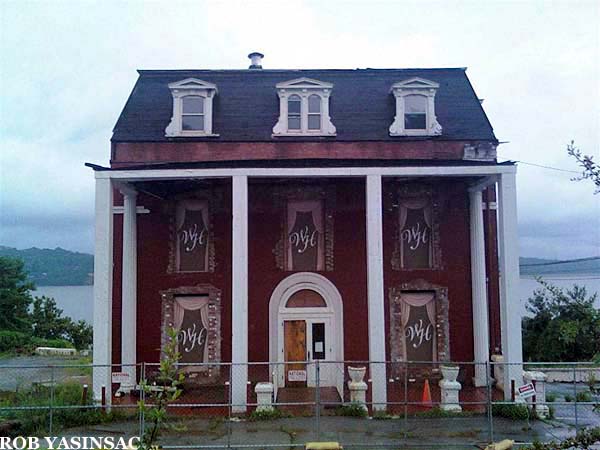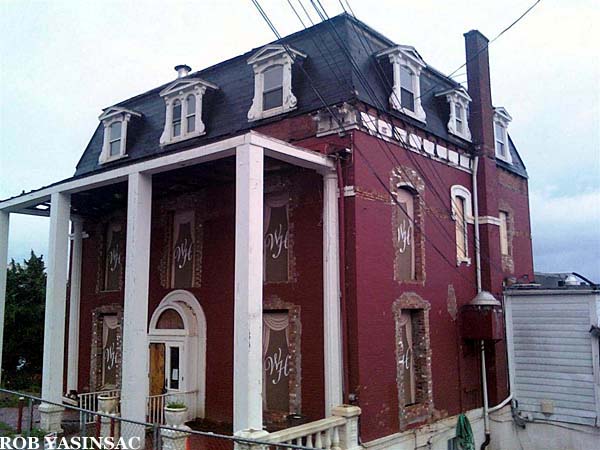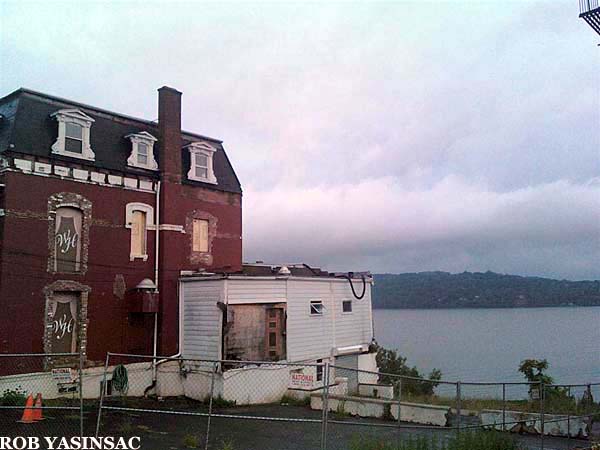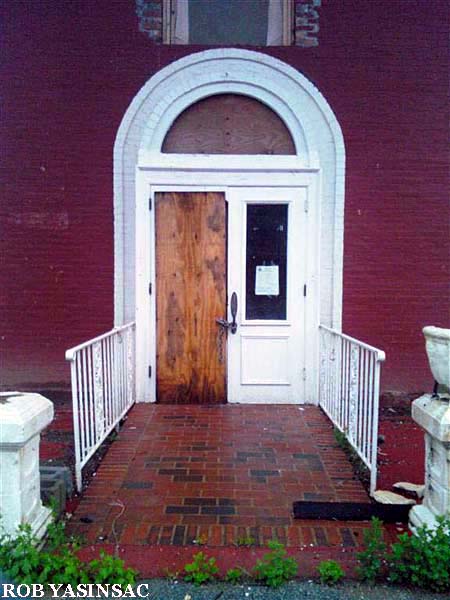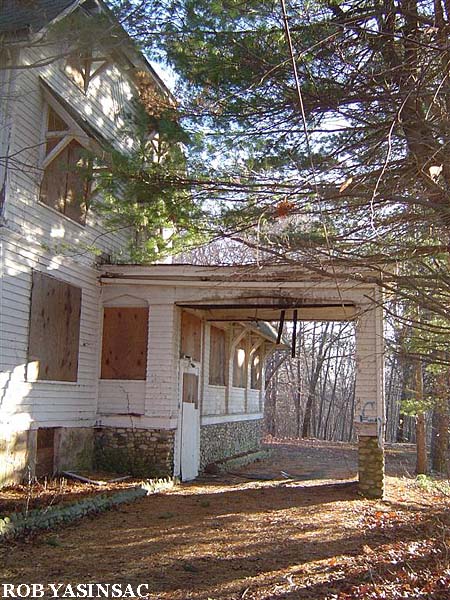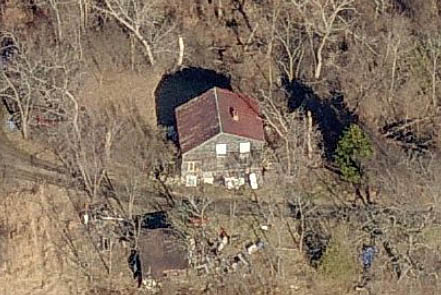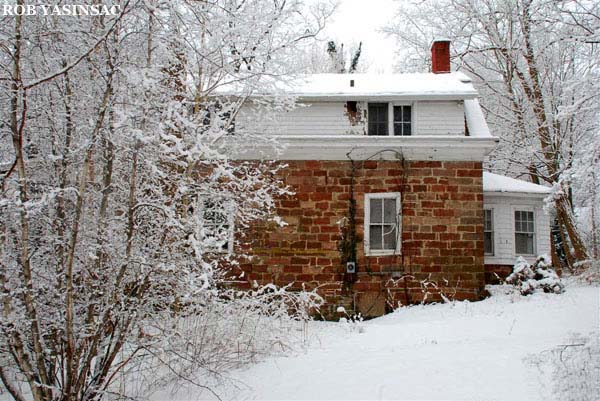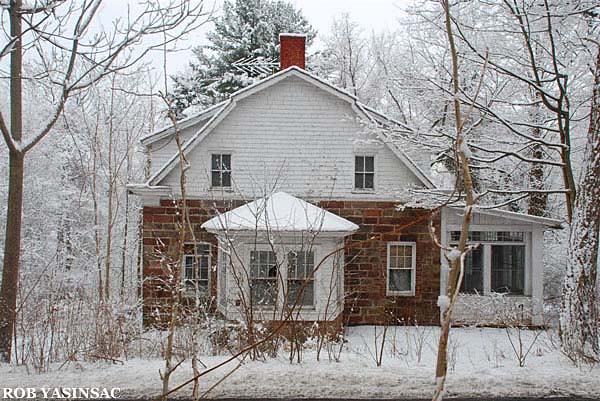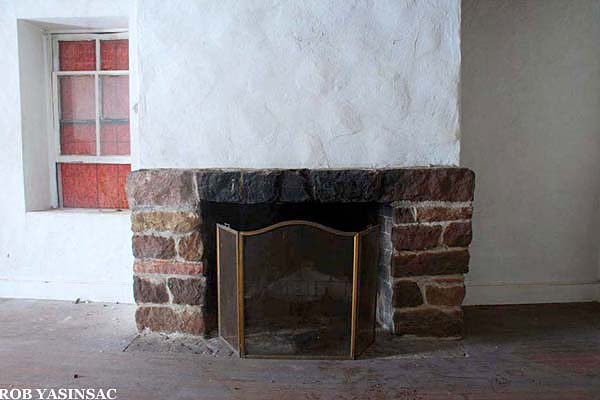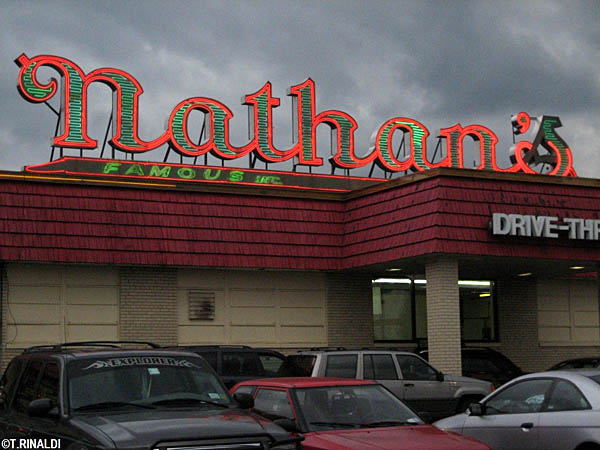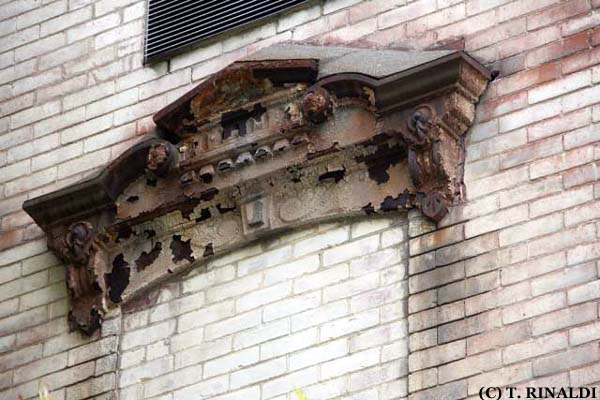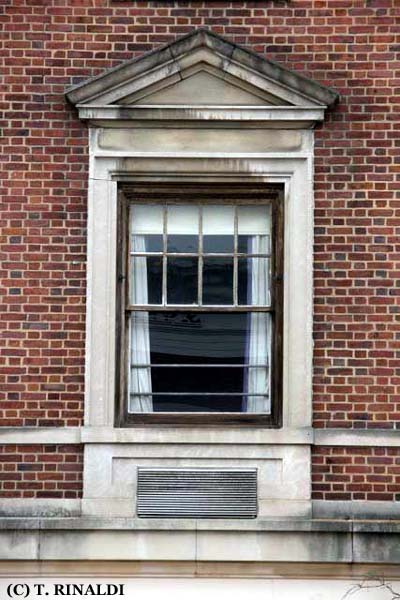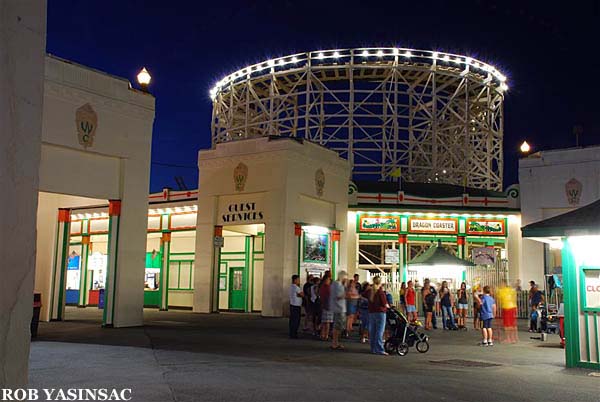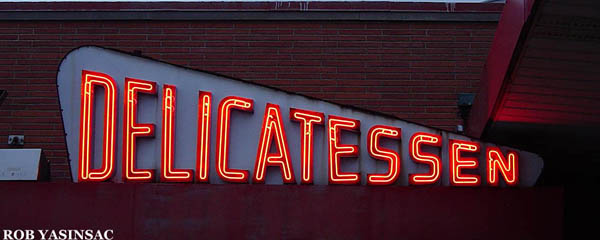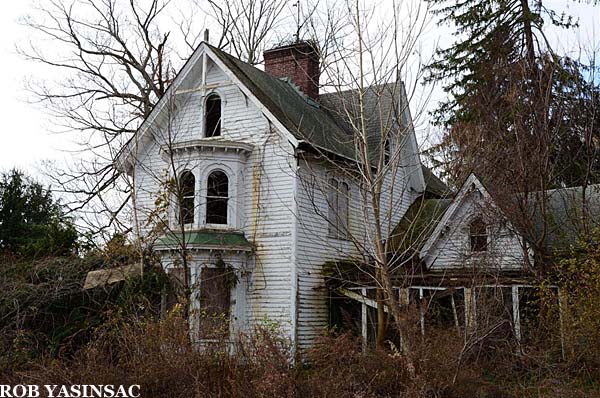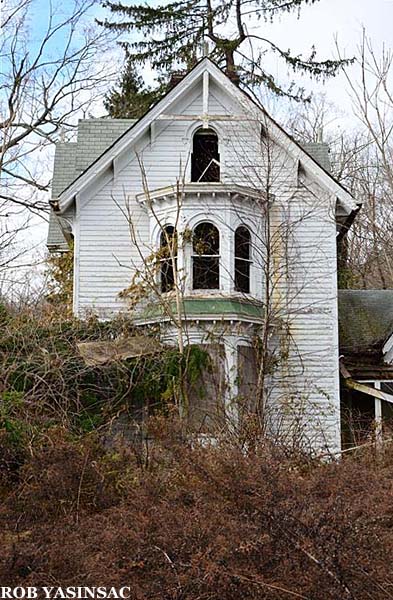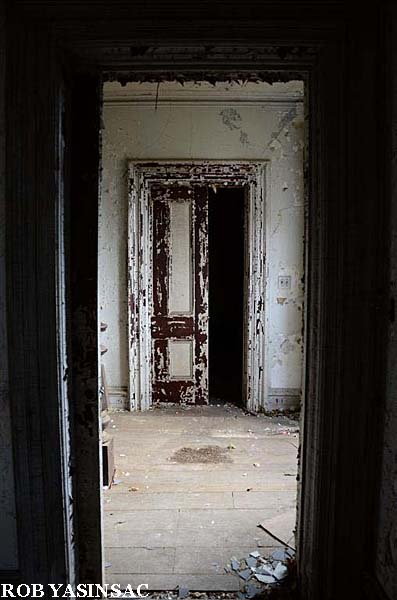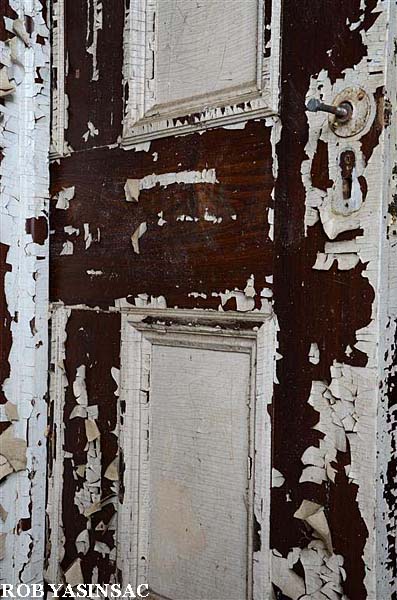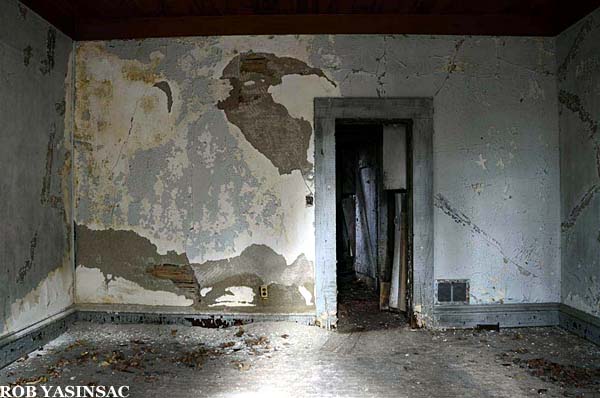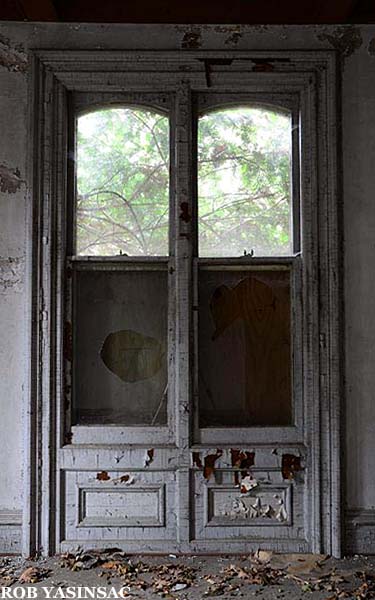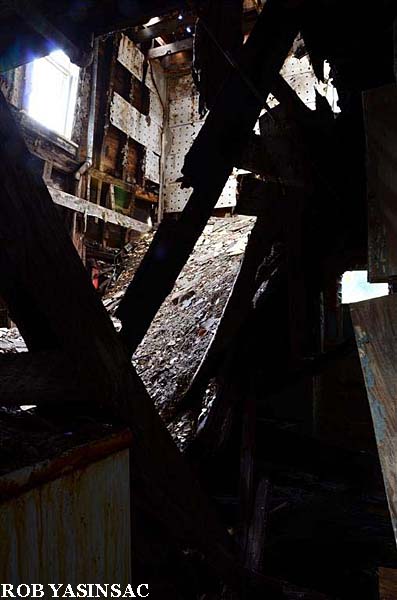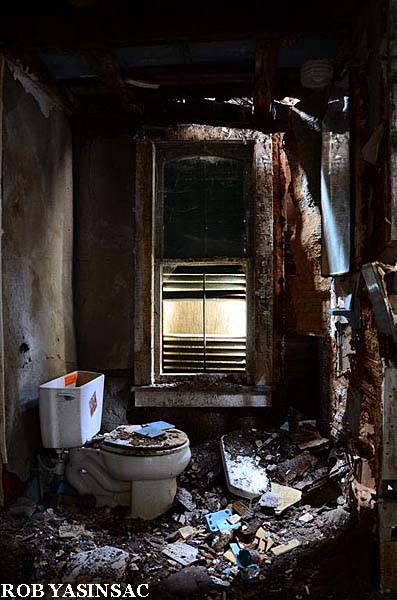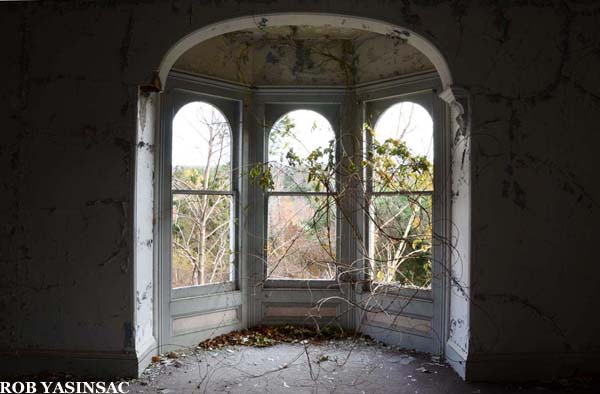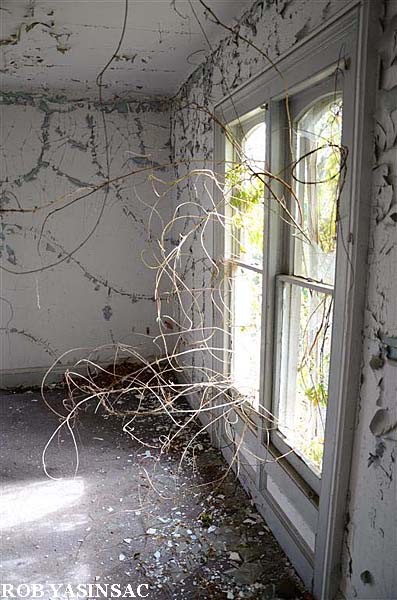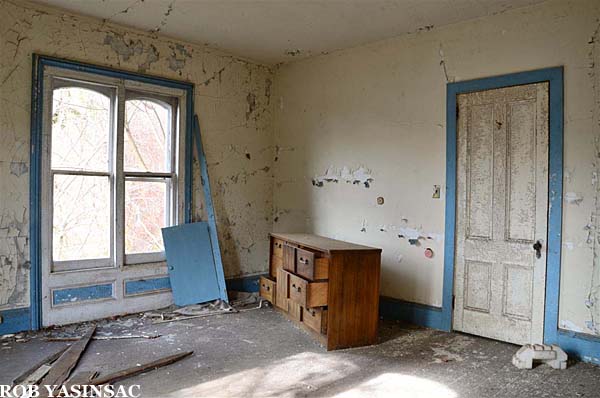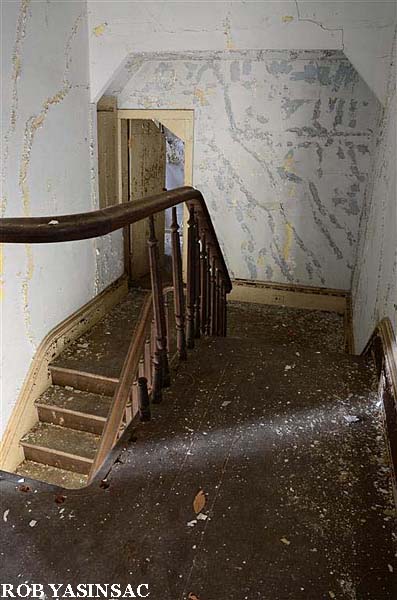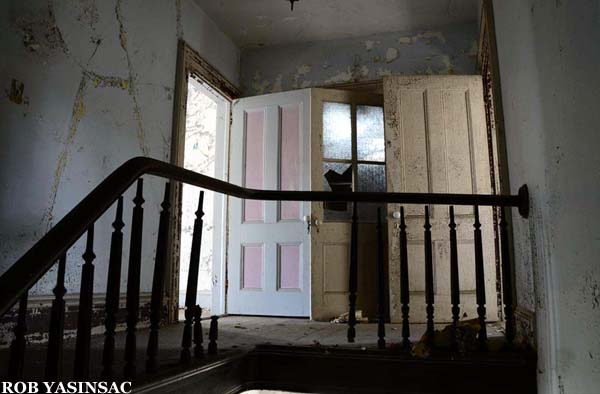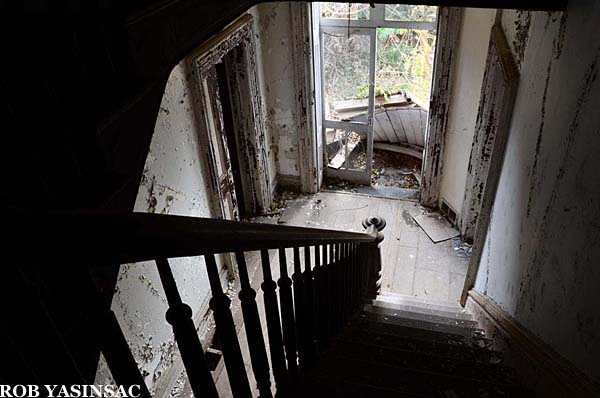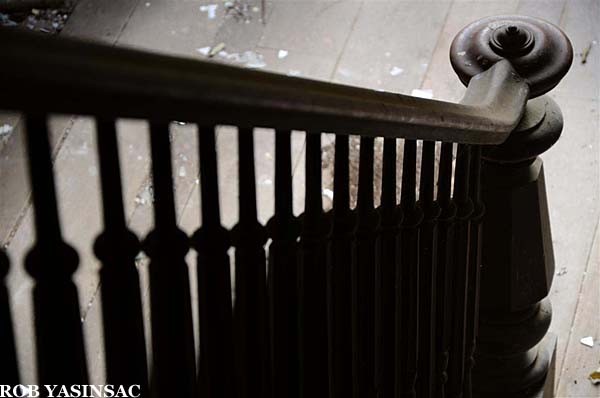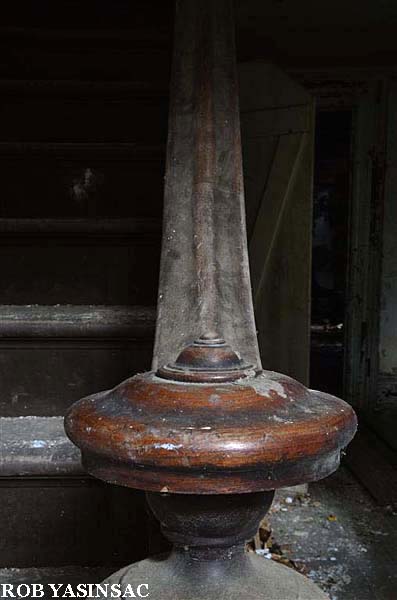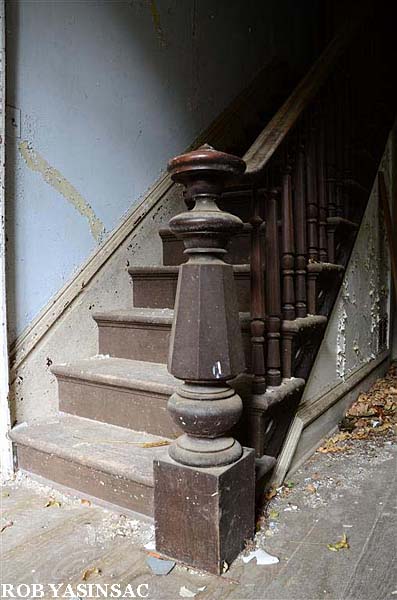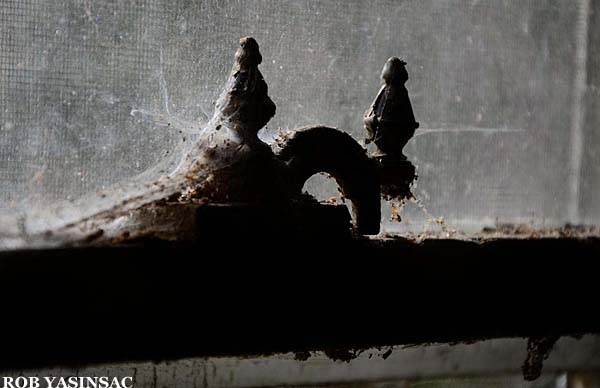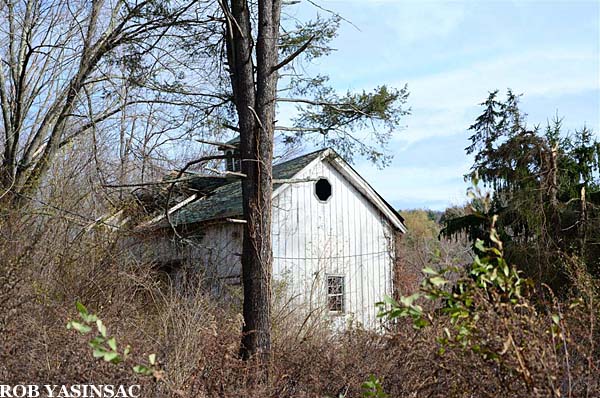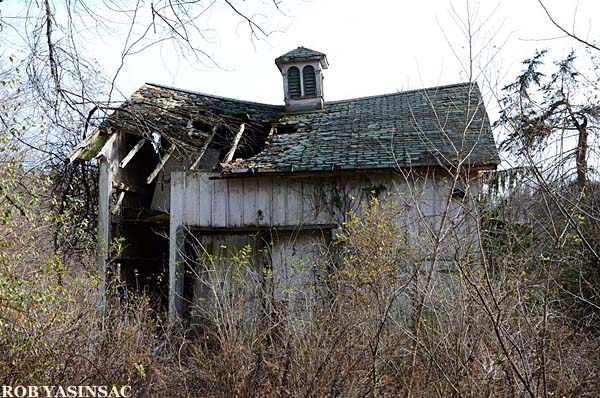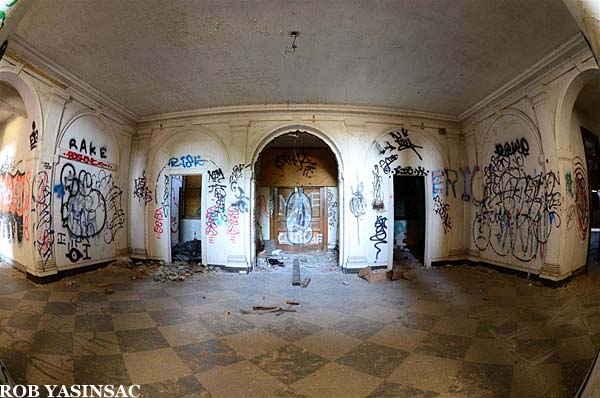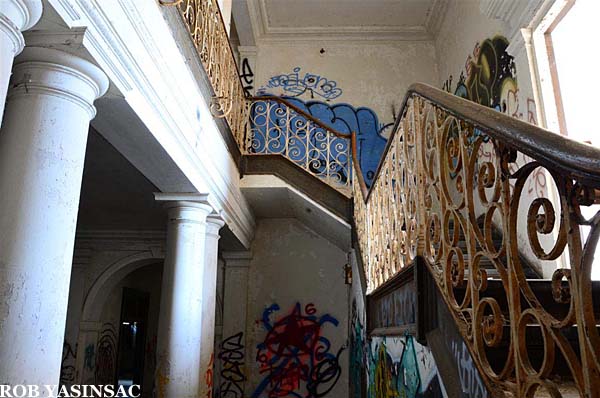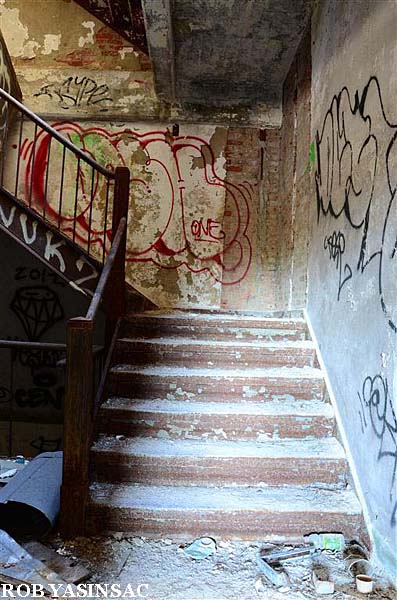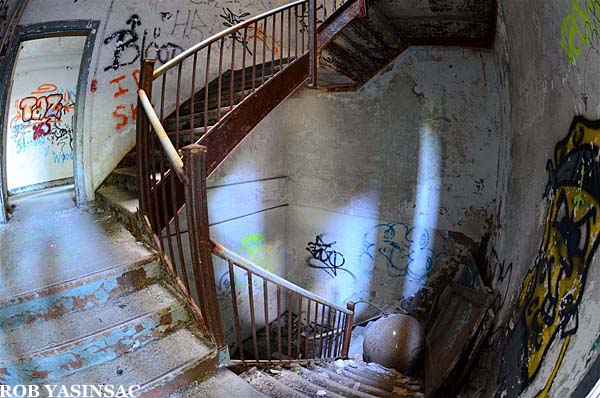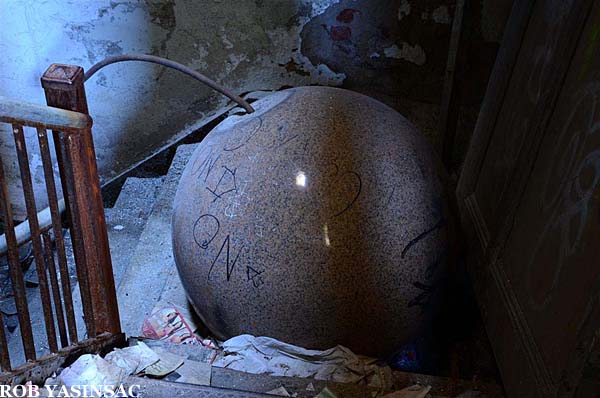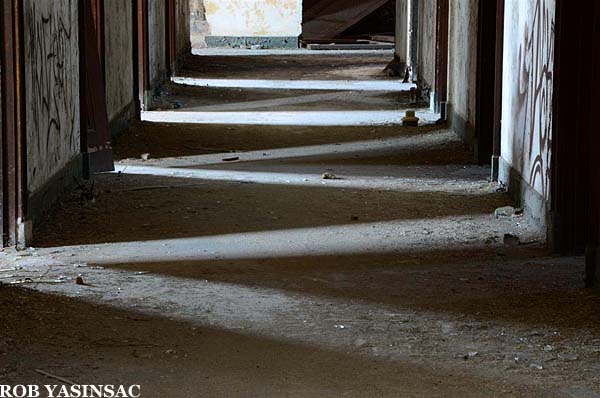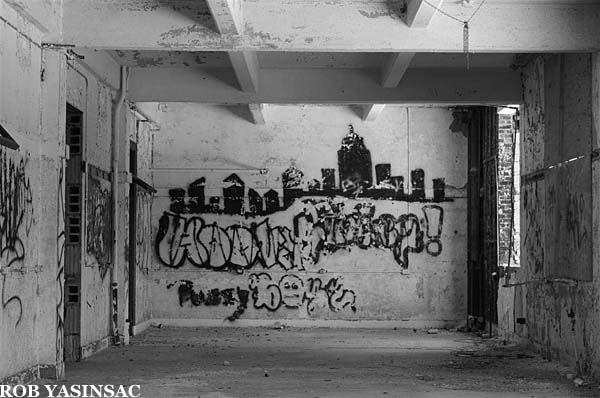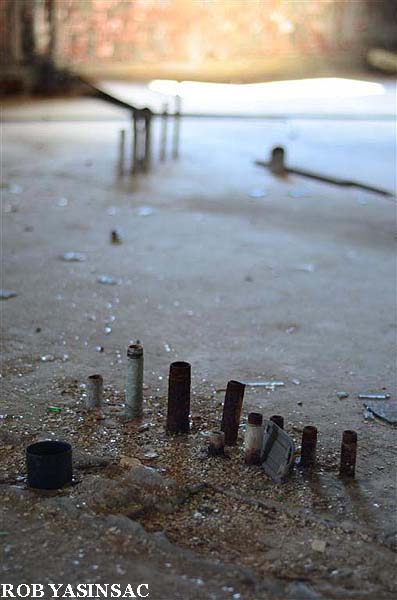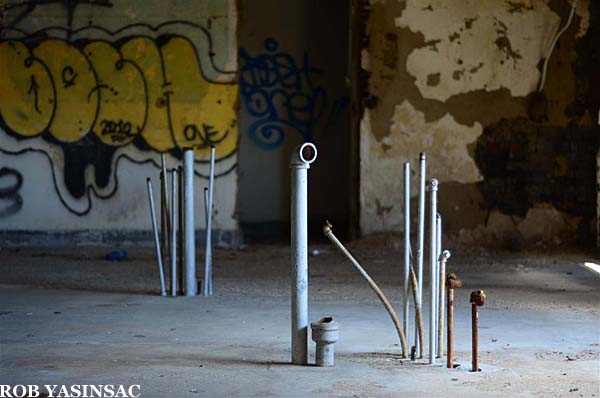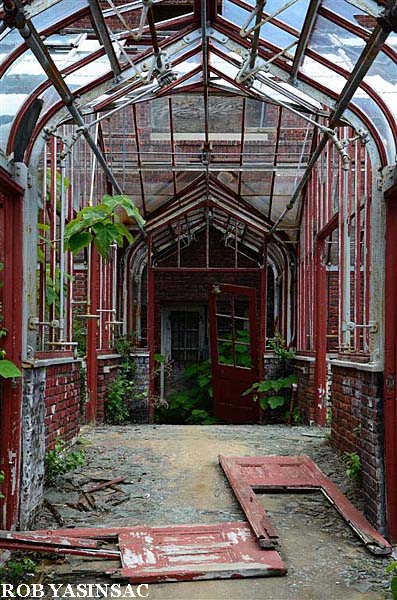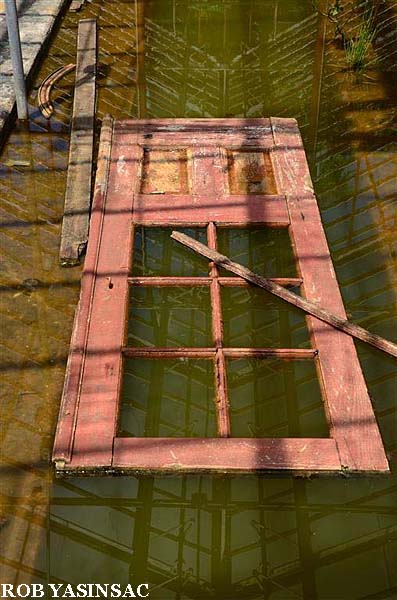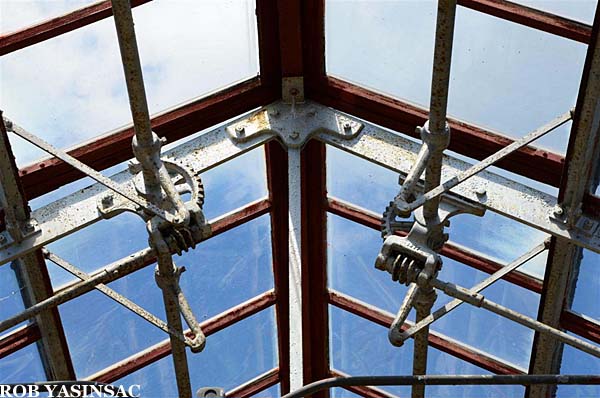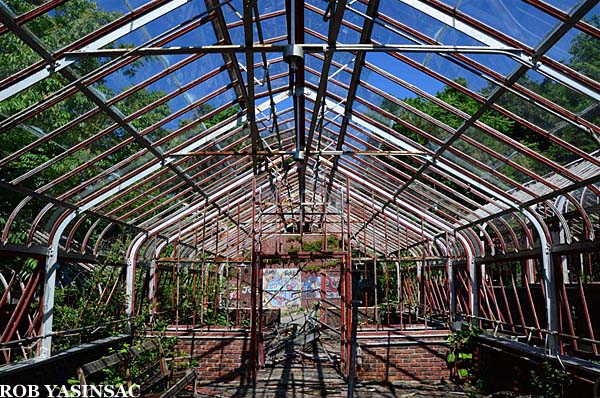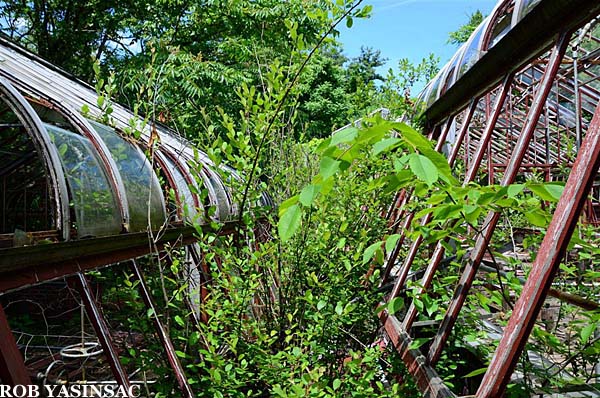It is not often that we chronicle shopping centers here at Hudson Valley Ruins, but now that some centers are well past fifty years old they at least meet the age criteria to be considered “historic.” Whether one of these commercial strips in the Hudson Valley will ever be designated an official landmark at some level remains to be seen, but it is certain that they contain historic elements which have almost entirely, and sometimes quite recently, vanished.
Frank Sanchis, in his voluminous book American Architecture : Westchester County, New York, wrote that the first small, localized, commercial shopping strips appeared outside of established towns in the 1920s. Previously affairs of commerce took place in the towns and villages proper. And in a rivertown such as Tarrytown the commercial district was along Main Street, Broadway to the east, and the area around the train station and the Hudson River on the west (many businesses were located along Orchard Street which was eliminated during Urban Renewal in the 1970s).
Large department stores began to appear in the 1940s but the first major regional shopping center in the county was the Cross County Shopping Center, located at the intersection of the Cross County Expressway (which runs east-west) and the New York State Thruway (which runs north-south). Sanchis even went as far as to credit the Cross County with spurring a “wave of construction of regional shopping centers across the nation in the 1960s and 1970s,” a claim backed up by New York Times headlines such as “Big Center Spells Store Revolution.”
The driver behind this move from localized commercial districts to destination shopping centers was of course the automobile, a now-common possession of the people of America in the 1950s. And the enabler of car-owning Westchesterites to travel to the new Cross County Shopping Center was the New York State Thruway which also opened for business in the mid-1950s. Just off the Thruway in Tarrytown a smaller commercial strip surrounded by a large surface parking lot appeared about the same time as the Cross County. It was called the Bridge Plaza Shopping Center as it was located across from the entrance to the Tappan Zee Bridge which had been under construction since 1952 and opened on December 15, 1955.
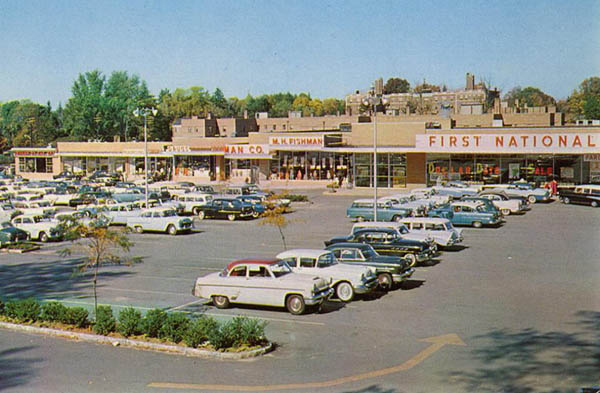
1. Bridge Plaza Shopping Center. Postcard c. 1950s?
The Bridge Plaza Shopping Center storefront faces consisted of brick and glass with a metal overhang that provided some cover to the pedestrian shopper below. The largest store was the First National Supermarket but the highlight of the center was the bonanza of neon signs.
In the postcard above First National is prominent. Adjacent to it on the west was M. H. Fishman Co., a department store which eventually surrendered its space to an expansion of First National (later Finast). To the west of Fishman was a drug store, now occupied by the Bagel Emporium. I cannot read the sign for the space between the Fishman Co. and the drug store, but that was where the Shanghai Inn was located. I also cannot read the other signs in the postcard but the stores in general, from west to east, have included a bank, the 3-hr cleaners, the liquor store, unknown original store (presently a Chinese restaurant), a hairdresser, a stationery store, and a delicatessen.
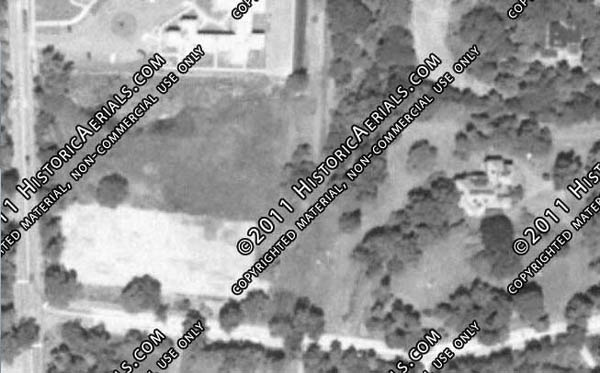
2. Northeast corner, Broadway (Route 9) and White Plains Road (Route 119). Scroll your mouse over the image to compare the 1953 image with the 1965 image. Prior to its construction the Bridge Plaza Shopping Center site was the west lawn of the Miller / Luke mansion. To the north are the low-rise Tappan Manour Condominiums. (North of Tappan Manour is the high-rise Washington Irving Gardens Apartments, visible in the postcard at top.)
Next are are the photographs that I took of the neon signs. The only signs left in the mid-2000s were 3-hr Cleaners, Liquors, Hairdressers, Stationery, and Delicatessen. The hairdressers sign disappeared not much after I took its photograph in 2006 but the other signs survived and prompted me to recommend the Bridge Plaza Shopping Center as a destination in my historian’s entry for “Westchester to Suit Every Interest,” a weekend itinerary for an out-of-town visitor to Westchester. Specifically I recommended lunch from the Tarrytown Delicatessen, and mainly because of its fantastic neon sign. Tom Rinaldi also included the Bridge Plaza neon signs in his October 2012 blog post Hudson River Neon – Part 1.
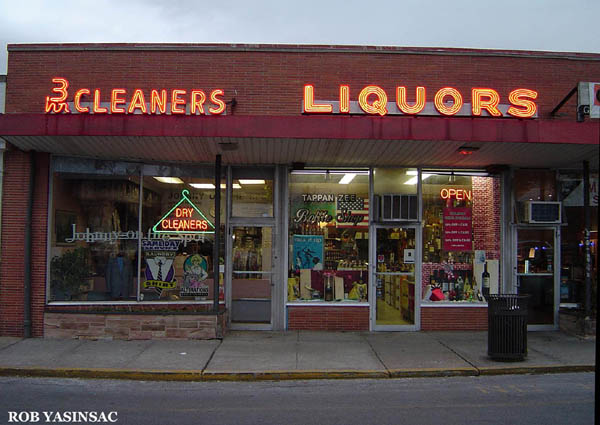
3. 3-hr Cleaners, Liquors. January 6, 2006.
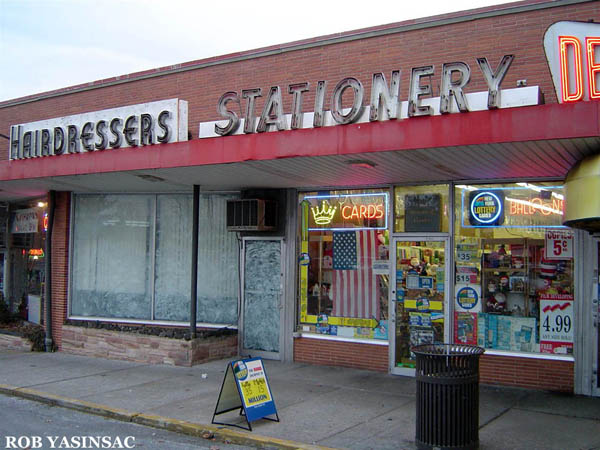
4. Hairdressers, Stationery. January 6, 2006.
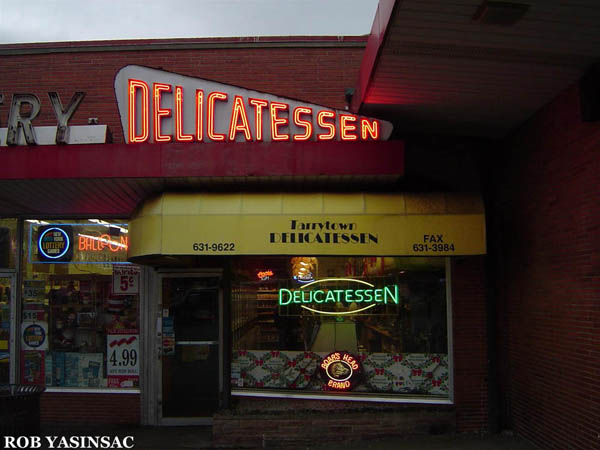
5. Delicatessen. January 6, 2006.
Well, as things often happen, this entry was prompted by loss. Last week I went to the Bridge Plaza to conduct some business and I nearly caused a car accident as I drove into the parking lot and I noticed that my cherished neon signs were gone and replaced. I went into a couple stores with a serious case of “WTF!?!” on my mind and I asked the shop owners about the vanished signs. They told me, quite nonchalantly, “Yes, we got new signs, they took the old ones down.” As if they could not understand for the life of them why anyone would be interested in their signs or why a person would be interested in keeping them. I was told the change occurred in November of 2012. That made me feel out-of-the-loop and like I dropped the ball. As a former full-time resident of Tarrytown I was probably in there two to three times per week. Now, not so much, though I find it hard to believe that I have not been in there since November. But in any event the deed occurred sometime this winter.
The removal and replacement of these historic neon signs coincided with the opening of a CVS in place of the former Stop & Shop / First National and a facelift of the storefronts. The brick facing and metal overhangs have been replaced with a cream-colored facade with non-functional arches above the CVS windows and a faux-historic cornice. This seems to be a sanitized, ill-proportioned, version of what present-day architects deem to be historically-inspired neo-industrial (think trendy converted lofts) design. The neon signs have been replaced by a variety of internally illuminated acrylic-covered signs. Only the original stationery sign remains. Bless the stationery store owners them for keeping their neon, however lonely and out-of-place it now looks.
I could understand the removal of the signs if entirely new businesses opened up and the old signs no longer advertised for the current shops, but no such changes occurred here. This was done purely for aesthetic reasons. But I seriously would like the owner and / or designers of the revamped Bridge Plaza to look at the following before-and-after photographs and explain how they think these new signs are a visual improvement. Especially in the case of the delicatessen sign. For lack of space due to the overhang the sign was angled from top left to top right with progressively smaller letters. I imagine that was a rare example of this style. Looking at its replacement I cannot fathom how such a change was ever considered.


6 A/B. 3-hr Cleaners. January 6, 2006 / February 26, 2013.


7 A/B. Liquors. January 19, 2012 / February 26, 2013.
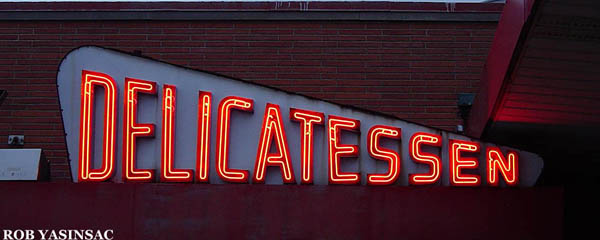

8 A/B. January 6, 2006 / February 26, 2013.
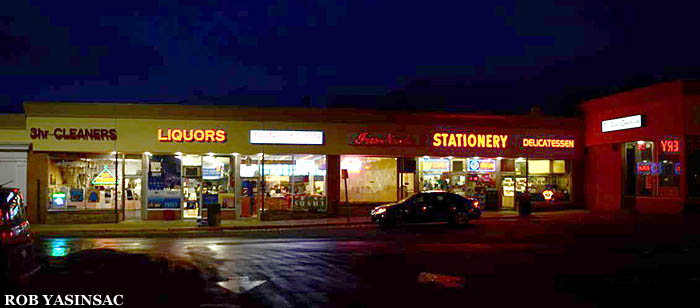
9. Bridge Plaza with new signage. February 26, 2013.
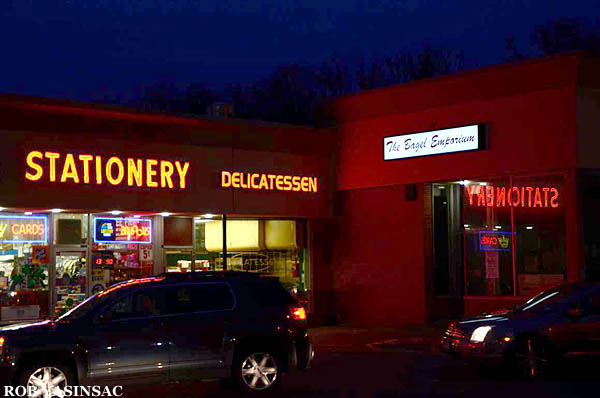
10. Stationery, Delicatessen. February 26, 2013.
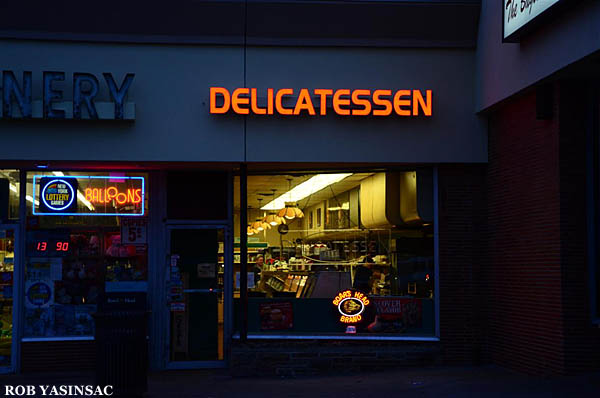
11. Delicatessen. February 26, 2013.
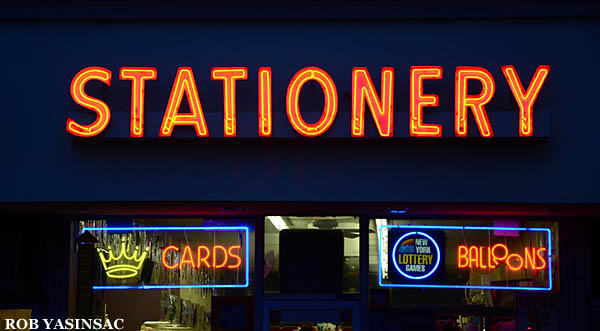
12. Stationery. The last neon sign left. February 26, 2013.

13. Stop & Shop (former First National). December 4, 2005.
The supermarket featured an immense projection that might even have been considered neo-mansard. This replaced the original simpler overhang and was probably added in the 1960s or 1970s.
I remember in the 1980s that, after checking out, a bag boy placed your bags onto a conveyor and rolled the bags out front where they could be picked up and placed into your car as you pulled up to the curb. I bet that was a novelty in the 1950s. The conveyor was removed, probably in the late 1980s or early 1990s, to provide space to park shopping carts.
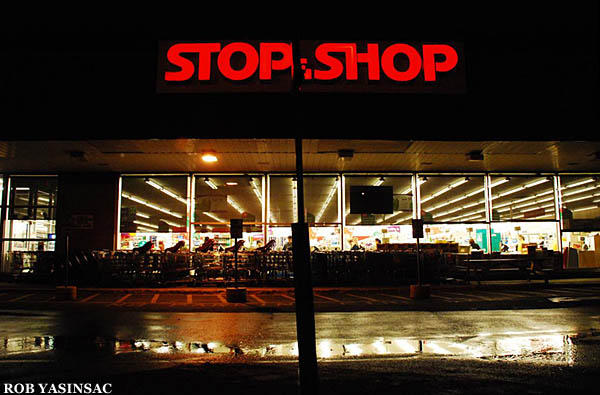
14. Stop & Shop (former First National). February 9, 2009.
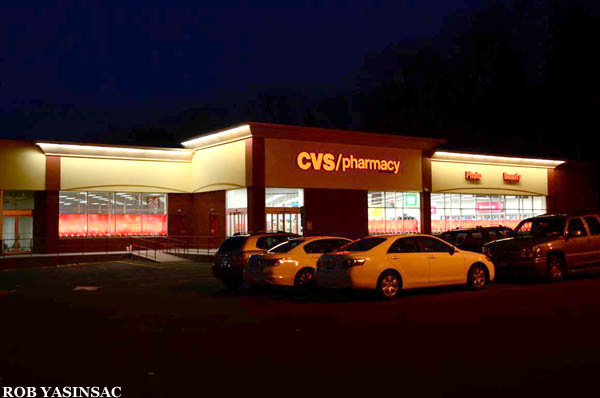
15. CVS (former Stop & Shop / First National). February 26, 2013.
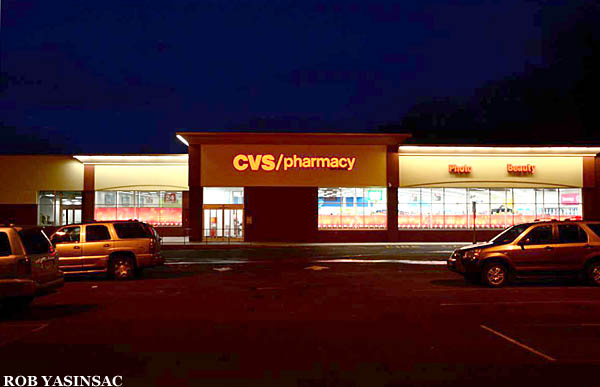
16. CVS (former Stop & Shop / First National). February 26, 2013.
So steadily so much of old Tarrytown, and my Tarrytown, continues to disappear. One other thing that is certain is that I will not include the Bridge Plaza Shopping Center on any future history-themed itineraries.
BONUS:
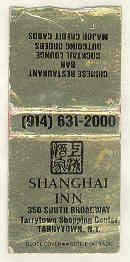
My holy grail of lost Tarrytown photographs is now the Shanghai Inn. I don’t remember what kind of sign graced the storefront, but I seem to recall a large free-standing sign, perhaps neon, on Broadway. I am interested to see how correct my memory is of how cool that sign was. This matchbook cover is all I can find on the internet. As with the postcard of the shopping center, I am told that no other visual depiction exists at the Historical Society, serving Tarrytown and Sleepy Hollow.
DEMO ALERT UPDATES:
I have been informed that the long-abandoned Public School 6 in Yonkers has been demolished.
At the other end of the Hudson Valley the demolition of St. Patricks Church in Watervliet is preceded by the removal of statues and architectural elements which are being sold by the diocese.
A new addition to the Demo Alert is the Jackson House in Fishkill, NY. Its construction spans many eras but the oldest part of the house is thought to date to 1741.
